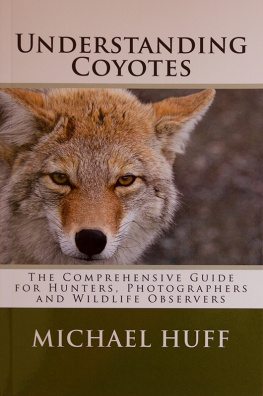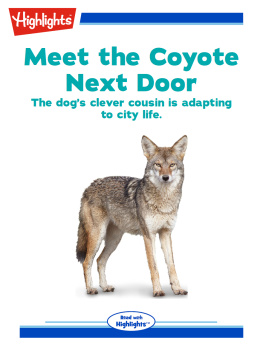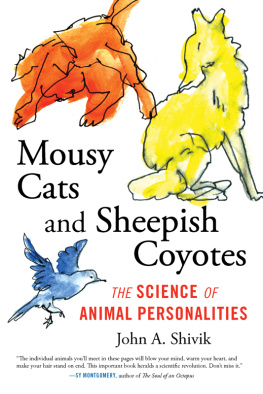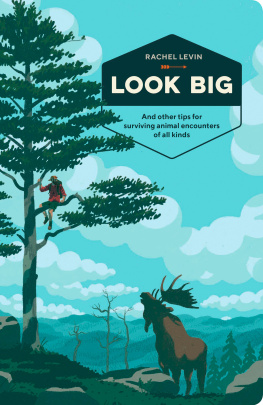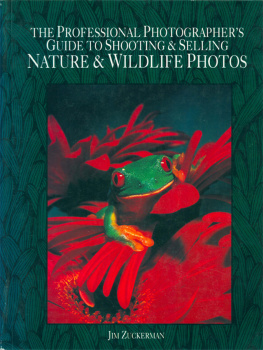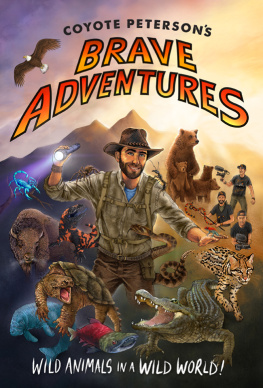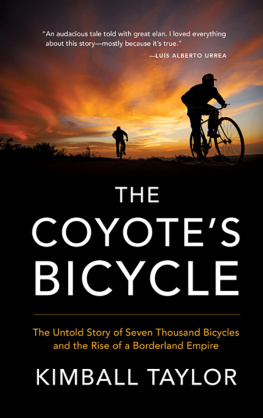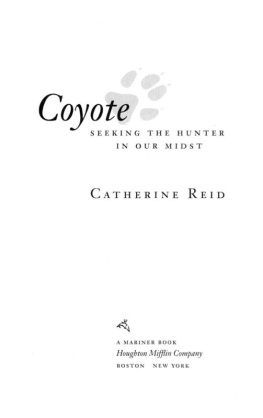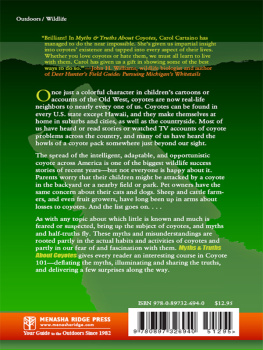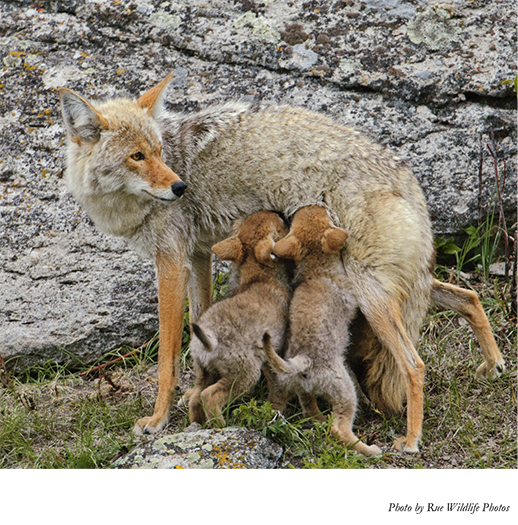Copyright 2015 by Michael T. Huff
All rights reserved. No part of this publication may be reproduced, stored in a retrieval system or transmitted in any form or by any means without the express written consent of the author.
Author Contact:
Cover Photo by Tom Walker/ AccentAlaska.com
ISBN-13: 978-1517164713
ISBN-10: 1517164710
eISBN: 9781483566436
Printed in the United States of America
For my sons:
Peter, Andy, and Gabe, my greatest joy in life.
Contents
Introduction
Since childhood, I have been deeply drawn to wild animals. As a boy, I would wake before sunrise and head into the woods. With eager anticipation, I watched fox, deer, and owls, retiring from the night shift, and squirrels, song birds, and turkeys beginning the day shift.
As an adult, I have spent much of my life studying and observing wild animals in North America. During this time, I have yet to encounter an animal that rivals the coyote. There is magic in the coyote!
This book was developed from years invested in studying the ongoing collective body of research on coyotes, interviews with wildlife biologists specializing in coyotes, and countless wonderful hours observing coyotes in their natural settings throughout North America.
In reading this book you will achieve an expert understanding of the coyote that would otherwise require years of dedicated study. Your enhanced understanding will naturally lend itself to an increased appreciation of this magnificent animal. The knowledge you acquire will also enable you to regularly observe coyotes in their natural habitat, and to interpret their behavior.
As you journey through this book you will discover the coyotes extraordinary intelligence and senses, so advanced they almost seem unbelievable when fully understood. This combination of intellect and sensory perfection enables the coyote to seemingly evade humans with ease and thrive in adverse conditions.
The coyotes range spans North America and Central America and some very harsh environments. Coyotes can be found from the 30F winter temperatures of Canada and Alaska to the +130F summer temperatures and 2-inch annual rainfall of Death Valley, California. Despite these conditions, the intelligence, senses, and adaptability of the coyote enable it to survive in these extreme habitats and everywhere in between.
Although man has waged an intense decades-long campaign to eradicate it, the elusive coyote has remained. In fact, populations have actually increased and expanded, especially in the eastern United States in recent years. Today coyotes can be found in every state and province in North America (except Hawaii) and throughout Central America. The highly adaptable and wary coyote will always be with us.
The great American Indian tribes of the Southwest said long ago that the coyote would be the last creature to walk upon the earth. They referred to the coyote as, Gods dog. Their wisdom was spot-on. Truly, the coyote is the most remarkable animal on earth. Join me on the journey to discover the magic of coyotes!
Part I
Understanding the Coyote
Coyote Biology
Distribution
If you are reading this book and live in North or Central America, you are indeed very fortunate. You live among the most adaptable canine predator in the world. From a global perspective, most humans will never have the good fortune to experience a coyote due to the animals rather limited geographical range. In this, the coyote differs from many other canine predators, such as fox and wolf, which are widely distributed across many continents.
Fox, which are the most widely distributed canine predator, live throughout the world. They can be found in relative abundance throughout North America, North Africa, Asia, and even Australia! Similarly, gray wolves also live throughout the world. Their population spans across North America, throughout Eurasia, and even into northern, eastern, and western Africa.
It is somewhat of a mystery why the coyote is not established in South America. Their southernmost range ends in Panama, the southernmost country in Central America. Perhaps the Panama Canal prevents them from becoming established farther south. Or perhaps their lack of expansion may be related to the density of jungles or the presence of jaguars in South America, which fill a similar role in nature to the coyotes own.
Although many of us live around coyotes, we often are completely unaware of their presence. This highly adaptable predator has greatly expanded into new areas in recent years. It is a good bet that wherever you live, coyotes are probably living close to you. The omnivorous coyote can survive and thrive in nearly every type of habitat and population density.
Today coyotes live in every contiguous state within the United States and every Canadian province. They even live comfortably in large population centers, including New York City, and are abundant in the Chicago metropolitan area. You will even find coyotes roaming the beaches of Cape Cod, Massachusetts. No longer is the coyote an animal confined to the Southwest. Today coyotes are found nearly everywhere on the continent!
Coyote Territories
Similar to a wolf, the coyote is a territorial animal. Coyote groups maintain and defend a defined territory, except for transient coyotes, which we will discuss later. The actual territory of a coyote group consists of the amount of land needed to meet their needs for survival. Coyotes need adequate food and water sources, as well as suitable habitat for safety, security, and pup rearing.
Coyote territories consist of two different sections. The wide area, consisting of the extreme outside border a coyote group will defend, is referred to as their territory. However, inside this area is a rather small location in which they spend most of their time. This small area is referred to as their core area or core territory and is very important to identify if you want to significantly increase your coyote sightings.
Many areas within a territory may not be frequented on a regular basis. However, when coyotes are in a given area, they will scent mark their territory boundaries with urine. This is done most often by urinating on rocks, logs, or other elevated obstructions. Coyotes seem to want to urinate as high as possible on these objects, perhaps as a way of showing their size or dominance, or to increase their scent dispersal.
Coyotes will defend their entire territory from other coyotes. In addition, they will kill animals viewed as competition for food sources within their territory. This often occurs with fox, raccoon, opossum, and even bobcat on occasion.
Territory Research Findings
Unfortunately, there is no simple general rule of thumb to calculate the size of coyote territories. Territory size varies based on the quality of the habitat and sometimes other factors as well. Superior, high-quality habitat typically results in smaller territories. Inferior, low-quality habitat means larger territory size in order to meet the survival needs of the coyote group.
Territory use also tends to vary throughout the year. Coyotes often confine themselves to smaller areas of their territory during mating season, pup-rearing season, and during times of abundant food. Coyotes often use larger areas of their territory as food supplies begin to become scarce.

